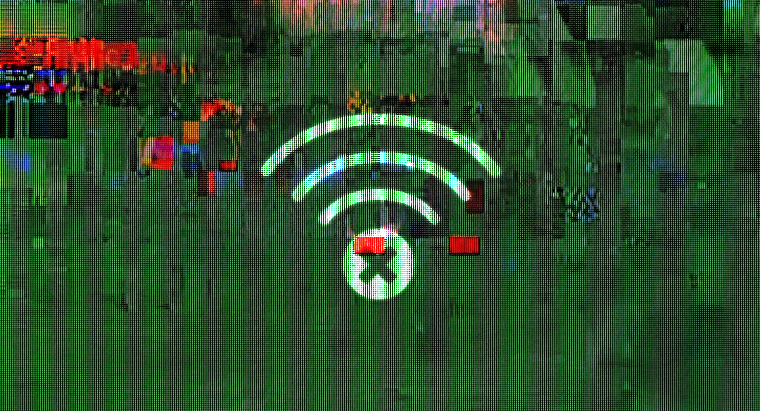Interpretation, as a language-intensive profession, is a hot topic in the age of language automation. Automation, lower prices, and international competition are putting pressure on the interpretation industry right now.
Everyone wants their interpretations to be automated. The negative perception of machine interpretation among interpreters is well-known, but the economic implications of this position are poorly understood.
Automation is vast in terms of its applications, its implications, and its opportunities. It is a trend that is reshaping industries across the globe. Chatbots, for example, communicate with customers and answer questions in customer service. Robotic arms are used in manufacturing to assemble everything from furniture to automobiles.
However, one aspect where automated methods have been reluctant to take hold is the aspect of interpretation services. Even IBM’s Project Debater, a robot that has learned to develop its own thoughts, cannot compete with human-written interpretation services.
How does automatic interpretation software work?
Automatic interpretation and interpreting services providers created a “gisting” tool that generates interpretations to help the end-user understand the source content better. It is a great tool that allows users to concentrate on their most important duties rather than repeating the same fundamental operations.
Simply said, automation allows users to set up automatic operations within their technology solutions that are triggered by specified events. Based on the determined trigger, the platform will subsequently carry out those precise activities or follow-up actions.
Technology Advancement
In recent years, interpretation technology has advanced at a breakneck pace, with the goal of partially or completely automating the interpreting services process.
According to the European Language Industry Survey 2022, control of the process of interpretation is shifting from interpreters to computers, with 45 percent of language companies saying that automated workflows and interpreting services are used in more than 25% of their projects.
When the term “automated interpretation” is said, the first thing that comes to mind is machine interpretation. Although globalization has increased the demand for interpreting services, recent events like the COVID pandemic have exponentially increased that demand.
There is currently a focus on remote work and limiting inter-personal contact to necessary situations. As a result of these trends, businesses have begun to rely on AI solutions to help them communicate across language barriers.
Software Systems in Advanced Interpretation Technology
Automatic interpretation software systems employ advanced interpretation technology, including extensive dictionaries and a set of linguistic principles, to convert one language into another without the involvement of human interpreters.
An automatic interpretation software system analyzes the structure of phrases in the source language (the language from which the user is interpreting) and produces an interpretation based on the destination language’s rules (the language the user is interpreting to).
Breaking down complicated and variable sentence patterns, identifying portions of speech, resolving ambiguities, and synthesizing the information into the components and structure of the new language are all part of the process.
How Does Automation Affect Interpretation Services?
According to Bert Esselink, Strategic Account Director at RWS, language service providers (LSPs) use automation for the following:
- Content transmission to and from interpretation is automated.
- Automating processes help in getting higher efficiency and productivity in the long run for those with regular and continuous interpretation demands. While automation does necessitate initial setup, it does so only once, allowing for simplified and faster responses to all subsequent queries.
- Manual steps in the interpreting services process, such as file conversions, word counting, and quality checks, are being substantially reduced.
- Applying specified process steps or automated content adjustments based on the content given for translation utilizing business rules or artificial intelligence (AI).
- Automating and routing files.
Besides the wage dispersion in interpreting services which can be attributed to growing interpretation automation, their analysis revealed a deeper change in the concept of interpretation itself.
The more interpreters are aware of automation and prepared to work with it, the more they seek to have their multilingual interactive skills valued. That way, interpreters can either make the results of automation more reliable or explain and humanize the benefits of technology.
In particular, the development of neural machine interpretation systems since 2016 has brought fears together with it that soon there will be no more human interpretation services. When considered in terms of the history of automation, however, any such direct effect is far from obvious: the interpretation industry is still growing and machine interpretation is only one instance of automation.
At the same time, data on remuneration indicate structural wage dispersion in professional interpretation services, with some signs that this dispersion may increase in certain market segments as automated workflows and interpretation technologies are adopted more by large language-service providers than by smaller companies and individual freelancers.
Conclusively, automation does not need to be our enemy. Machines can make life easier for people by rendering interpreting services. An analysis of recent changes in discourses on and in the interpretation profession further indicates conceptual adjustments in the profession that may be attributed to growing automation, particularly with respect to expanding skill sets associated with translation, the tendency to combine interpreting services with other forms of communication, and the use of interactive communication skills to authorize and humanize the results of automation.









